When you land in San Cristobal a guide will be waiting for you and transfer you to the hotel.
Then you will visit the Tijeretas Hill. It is called Tijeretas because this is the name commonly known for the frigates birds, this is a place where both endemic species of frigatebird, the Great Frigatebird and the Magnificent Frigatebird, share a colony. It involves a high-intensity walk amidst beautiful landscapes and a magnificent view at the foot of a frigatebird nesting colony.
Also you will visit the Interpretation Center.
The Interpretation Center is an excellent place to learn about Natural History in the Galapagos and to learn about the San Cristobal History too. The Natural History Room displays information on the volcanic origins of the islands, their remoteness from the continent, ocean currents, climate, the arrival of the different species and their colonization, among other points of interest. The Human History Room is also showcased, chronologically narrated by the most significant events related to the discovery and colonization of the islands.
Accommodation: Casa Playa Mann Hotel 4*
-/-/-
Breakfast at the hotel.
Today we will visit Leon Dormido, or Kicker Rock. It is an amazing rock formation near San Cristobal Island, one of the best spots for snorkeling. This amazing landmark located about an hour and a half to the north east of Puerto Baquerizo Moreno, Kicker Rock / Leon Dormido, is a remnant of a vertical tuff cone formation, rising almost 153 meters (500 feet) from the ocean. The erosion has given the rock its characteristic shape, which some see as a shoe, hence the name Kicker Rock. Others see it as a sleeping sea lion or Leon Dormido in Spanish. While you snorkel around Kicker Rock you can spot sea turtles, marine iguanas, rays, Galapagos sharks, tropical fish and if luck is on your side you can even see hammerhead sharks. Besides enjoying the underwater view, you can usually see blue-footed boobies, masked boobies and frigatebirds on the cliffs as well as sea lions along the shore.
Then you will visit Playa Manglecito, which has the most beautiful places to see: the mangrove and the beach. The mangrove area is an ideal place for interpretation and observation of waterfowl and the beach is an area where you can enjoy and relax. The characteristic vegetation on the beach is the button mangrove and sesuvium edmonstonei which is a species of succulent plant and it is endemic to the Islands. In the mangrove area there is a lagoon, where you can observe animals such as patillos, teros reales, curlews amongst so much other native wildlife.
Accommodation: Casa Playa Mann Hotel 4*
B/L/-
Breakfast at the hotel.
This island is the furthest south and most famous for its waved albatross community. The community is found on the island from late March to early December, and it is one of the most incredible sea birds found in the Galapagos. It’s worth planning your trip around the time this bird will be on the islands. There are two visitor sites on the island: Punta Suarez and Gardner Bay. Getting off on the western side of the island, you’re met by a colony of breeding marine iguanas, bright red and ready to go! The 2-km trail leads through colonies of blue-footed boobies and masked-boobies to a blowhole. The waves force the water up through this hole, up to twenty meters in the air. It’s best to go in the morning, during high tide, because if you go later on, you might not get a chance to see the water blow out so high.
Gardner Bay, on the eastern side of the island, has some great rocks for snorkeling and a beautiful beach for resting and sea lion watching. White-tipped sharks, puffer fish, and colorful tropical fish fill the waters around Gardner Bay. Return to the hotel.
Accommodation: Casa Playa Mann Hotel 4*
B/L/-
Early in the morning you will go to Santa Cruz Island by public speed boat. You will we transferred to the hotel.
Then you will visit Highlands of Santa Cruz. Here you may observe the famous Giant Tortoises in their natural environment, which also known as Galapagos, and from where the name of the Islands derive. Also catch sight of the famous Galapagos Finches, Bird Wizards, as well as endemic vegetation such as Scalesia forests and Matazarnos.
Later you will visit Tortuga Bay. This lovely beach is named so for its black sea turtles which nest here. The beach at Tortuga Bay Galapagos is a long, fabulous stretch of white sand. Free time to enjoy the beach. Return to the hotel
Accommodation: Villa Laguna Hotel 4*
B/L/-
Breakfast: at hotel.
Bartolome Island is a volcanic islet in the Galápagos Islands group. It is a volcanic islet just off the east coast of Santiago Island. It is one of the “younger” islands in the Galápagos archipelago. With a total land area of just 1.2 km², this island offers some of the most beautiful landscapes in the archipelago. The island consists of an extinct volcano and a variety of red, orange, green, and glistening black volcanic formations. Bartolome has a volcanic cone that is easy to climb and provides great views of the other islands. Bartolome is famous for its Pinnacle Rock, which is the distinctive characteristic of this island, and the most representative landmark of the Galápagos. It has two visitor sites. You’re going to visit the first one.
At the first one, you may swim and snorkel around Pinnacle Rock; the underwater world there is really impressive. You can snorkel with the penguins, marine turtles, white-tipped reef sharks, and other tropical fish.
Accommodation: Villa Laguna Hotel 4*
B/L/-
Breakfast at the hotel.
- Seymour Island
North Seymour is a small island near Baltra Island in the Galapagos Islands. It was formed by an uplift of a submarine lava formation. The whole island is covered with low, bushy vegetation.
This island is home to a large population of blue-footed boobies and swallow-tailed gulls. It hosts one of the largest populations of frigate birds in Galapagos.
North Seymour has a visitor trail approximately 2 kilometers (1.2 mi) in length crossing the inland of the island and exploring the rocky coast.
North Seymour is an extraordinary place for breeding birds, and it is a home to one of the largest populations of nesting blue-footed boobies and magnificent frigate birds. Pairs of blue-footed boobies can be seen conducting their mating ritual as they offer each other gifts, whistle and honk, stretch their necks towards the sky, spread their wings, and dance showing off their bright blue feet.
- Plazas Island
South Plaza is a small island off the east coast of Santa Cruz in the Galapagos Islands. It has an area of 0.13 km and a maximum altitude of 23 metres. South Plaza was formed by lava up streaming from the bottom of the ocean. Despite its small size it is a home to a large number of species and it is famous for its extraordinary flora. That is why this island is very popular with visitors. On the steep banks it is possible to see a great number of birds such as nesting Red-billed Tropicbirds and Swallow-tailed Gulls, but most of all, enjoying the beautiful view from atop the steep banks or strolling along the base of the cliff is an extremely pleasurable experience. The beautiful prickly pear cactus trees (Opuntia echios) and of course the large colony of Galapagos Land Iguanas are very attractive. Depending on the season, the Sesuvium ground vegetation changes its colour from intense green in the rainy season to orange and purple in the dry season.
Return to the hotel
Accommodation: Villa Laguna Hotel 4*
B/L/-
Breakfast: at the hotel.
Early in the morning you go to Isabela Island by public speed boat. Then you will visit Tintoreras. Located 10 minutes on boat far from Pto. Villamil there is Tintoreras Islet whose name is taken from this reef shark that sorrounds the islet and the channel that is formed between two vertical rocky walls, these calm waters is the perfect spot where this sharks come to take a rest.
Then you will visit the Giant Tortoise Breeding Center, completed in 1994 and home to the tortoise populations of Southern Isabela. We’ll get a chance to see hatchlings as well as older tortoises. Along the way to the Tortoise Center we pass through a manzanillo forest surrounded by wetlands, home to the famous giant pink flamingos a delightful and unexpected sight for Galapagos. Transfer to the hotel.
Accommodation: Albemarle Hotel 4*
B/L/-
Breakfast: at the hotel.
Your tour guide will pick you up at the hotel to take you towards your first adventure of this day Sierra Negra Volcano. Sierra Negra is one of the most gorgeous and impressive volcanoes in the Galapagos Islands. This volcano has the largest caldera of all of the Galapagos volcanoes and it’s also considered to be the second largest caldera in the world. It measures 10 km across from north to south and 9 km from east to west. It is one of the most active of the Galapagos volcanoes with the most recent historic eruption in June 26th 2018. Visits to Sierra Negra require a 40 minutes’ drive from Puerto Villamil followed by another 45 minutes of walking up.
Then you will visit, Concha Perla Bay (snorkeling). This place is a natural pool with calm and clear sea water, ideal for swimming and snorkeling with tropical fish, marine iguanas, sea lions, marine turtles and penguins. You can reach this place by a short walk through a wooden pathway surrounded by marvelous mangroves. Return to the hotel.
Accommodation: Albemarle Hotel 4*
B/BL/-
Breakfast: at the hotel.
You will visit Los Tuneles, also known as “Cabo Rosa”, it is the most spectacular site for snorkeling in Isabela Island due to its crystal-clear and shallow waters, a real sea sanctuary. Millions of years ago, the lava flows formed a large number of arches and tunnels getting to be one of the most bio diverse sites in the Galapagos Islands. The adventure starts in Puerto Villamil, where you will take a boat ride for approximately 45 minutes to do a first stop in the open sea, around Roca Union.
Then you will do a second stop to walk on these beautiful lava formations to catch with your eyes the sea lions resting on the rocks or playing by the lava tunnels. Your last and wonderful stop will be for snorkeling in open water, you will get in a wonderful submarine world where you can swim along with white-tipped sharks, manta rays, penguins, sea lions, sea turtles, sea horses, lobsters, sea snakes, among many other tropical species.
Then you will have an adventure trip by bicycle to the Wall of Tears (approximately 3 hours round trip). On the way, you go through the beach and follow the trail surrounded by lagoons with all four species of mangroves that exist in Galapagos. The trail continues through the dry zone until reaching the Wall. This fantastic 5 to 6 meters tall by 3 meters wide and approximately 100 long wall constructed in volcanic rock keeps a sad memory of the history of Isabela. Around the years of 1944 and 1959, the island was a colonial jail and the prisoners were forced to build this wall as punishment. Return to the hotel.
Accommodation: Albemarle Hotel 4*
B/- /-
Breakfast: at the hotel. Day at leisure.
Accommodation: Albemarle Hotel 4*
B/- /-
Breakfast: at the hotel. Transfer to the dock to take a public speedboat to Santa Cruz. Transfer to the airport.
B/- /-
END OF SERVICES
RATES IN US $ PER PERSON |
||
|
Mainland Ecuador
|
SNGL 1 pax | ½ DBL 2 pax |
| $5.226 | $4.835 | |
- 3+ pax under request.


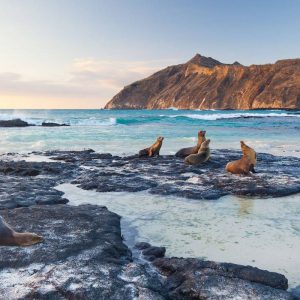
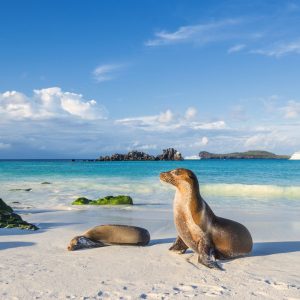
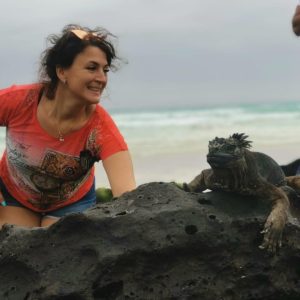
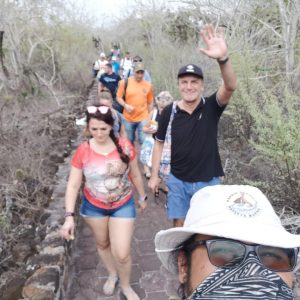
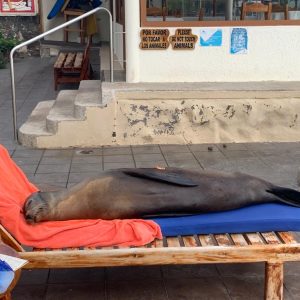
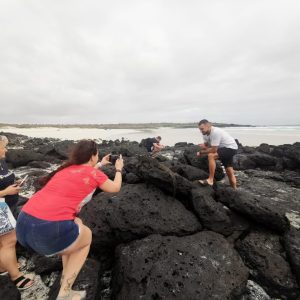
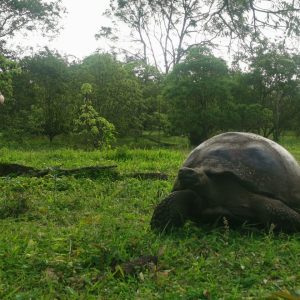
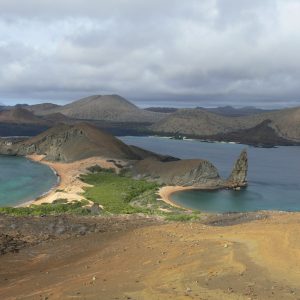
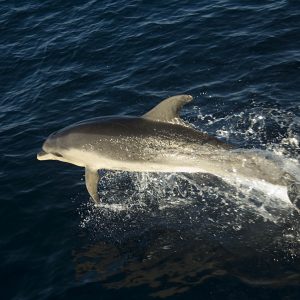

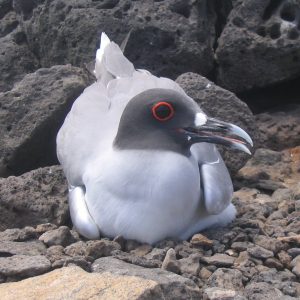
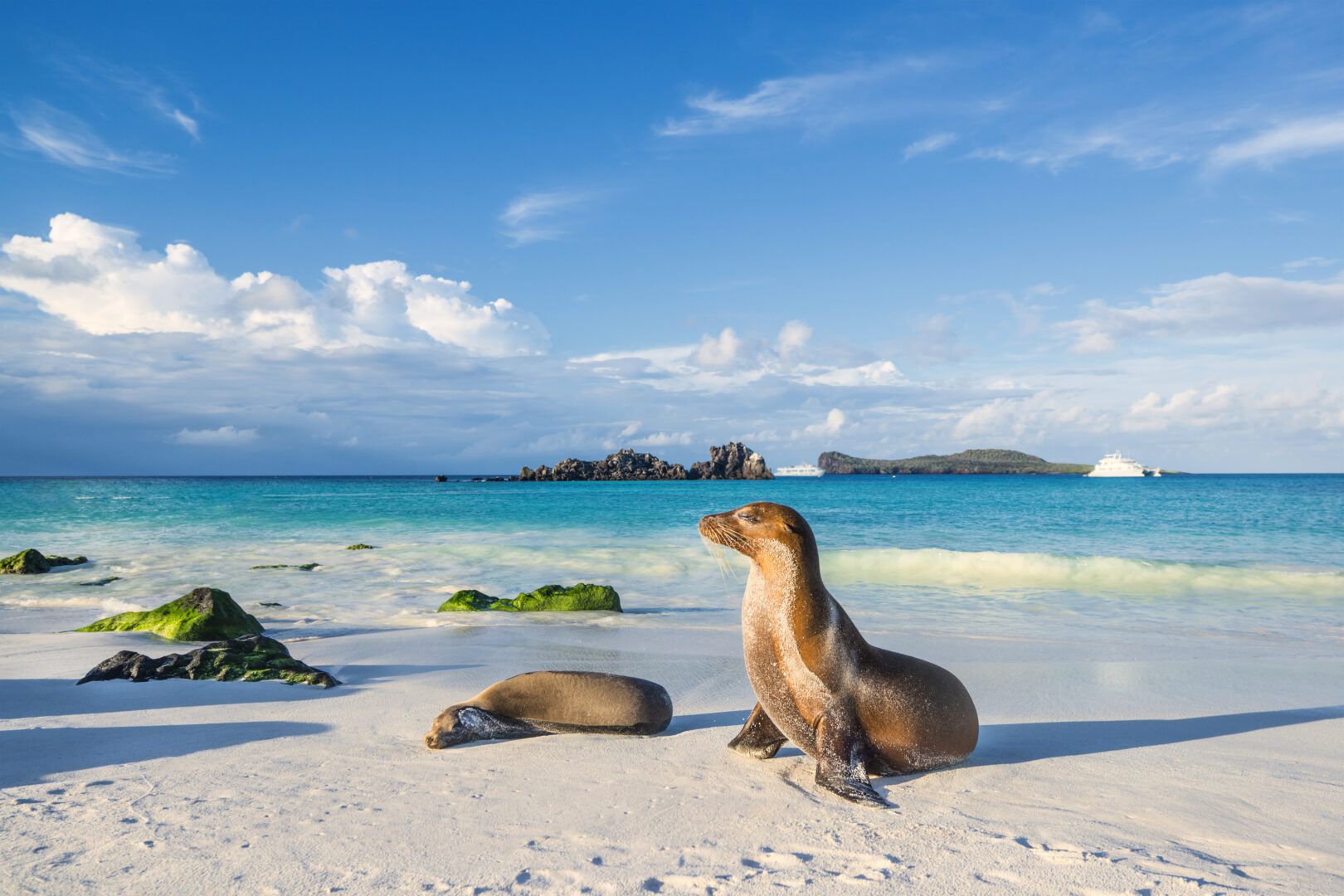
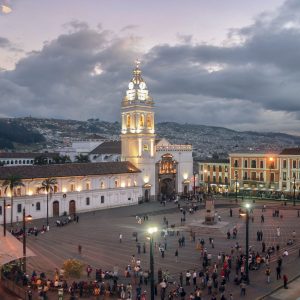
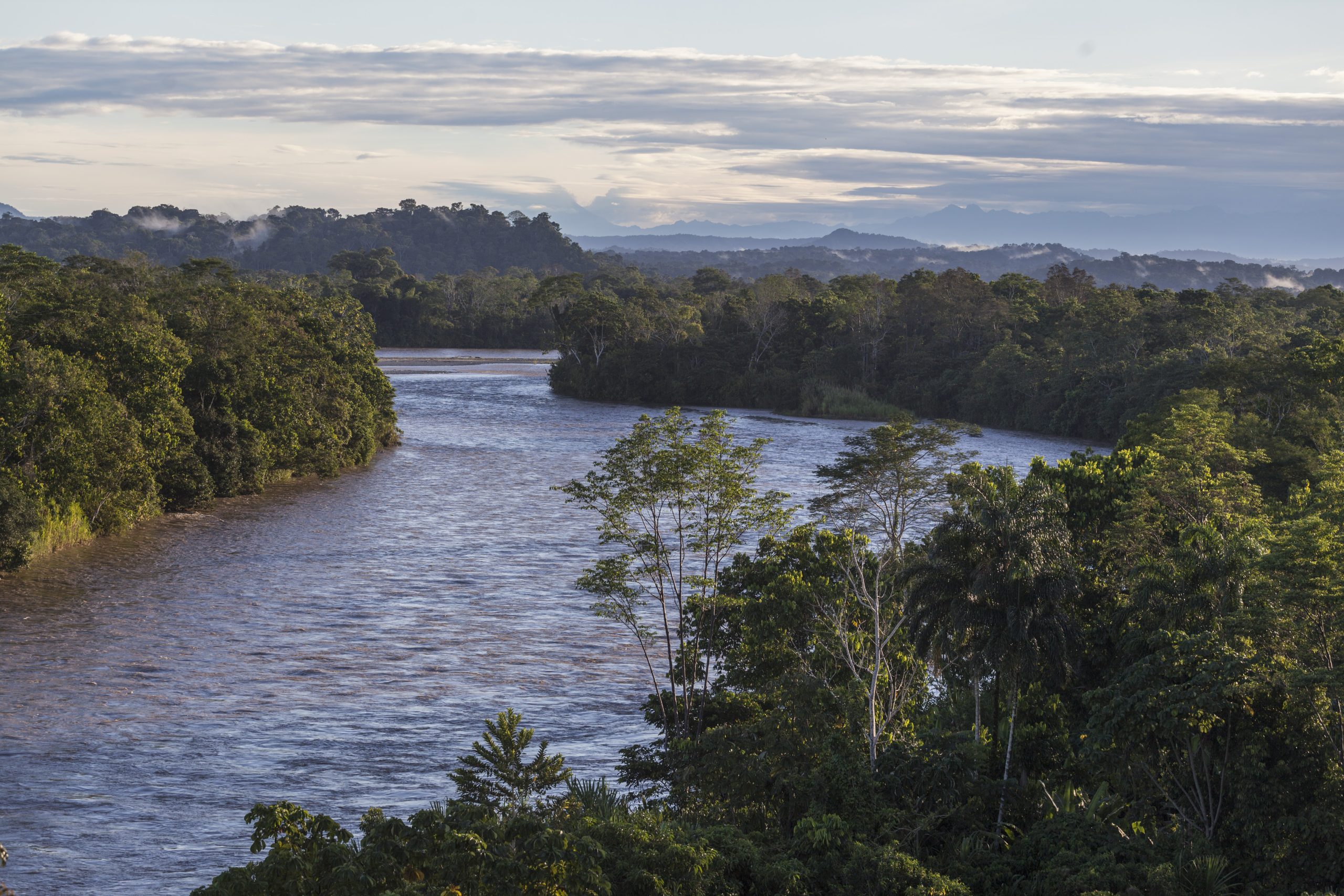
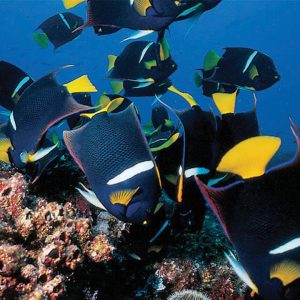
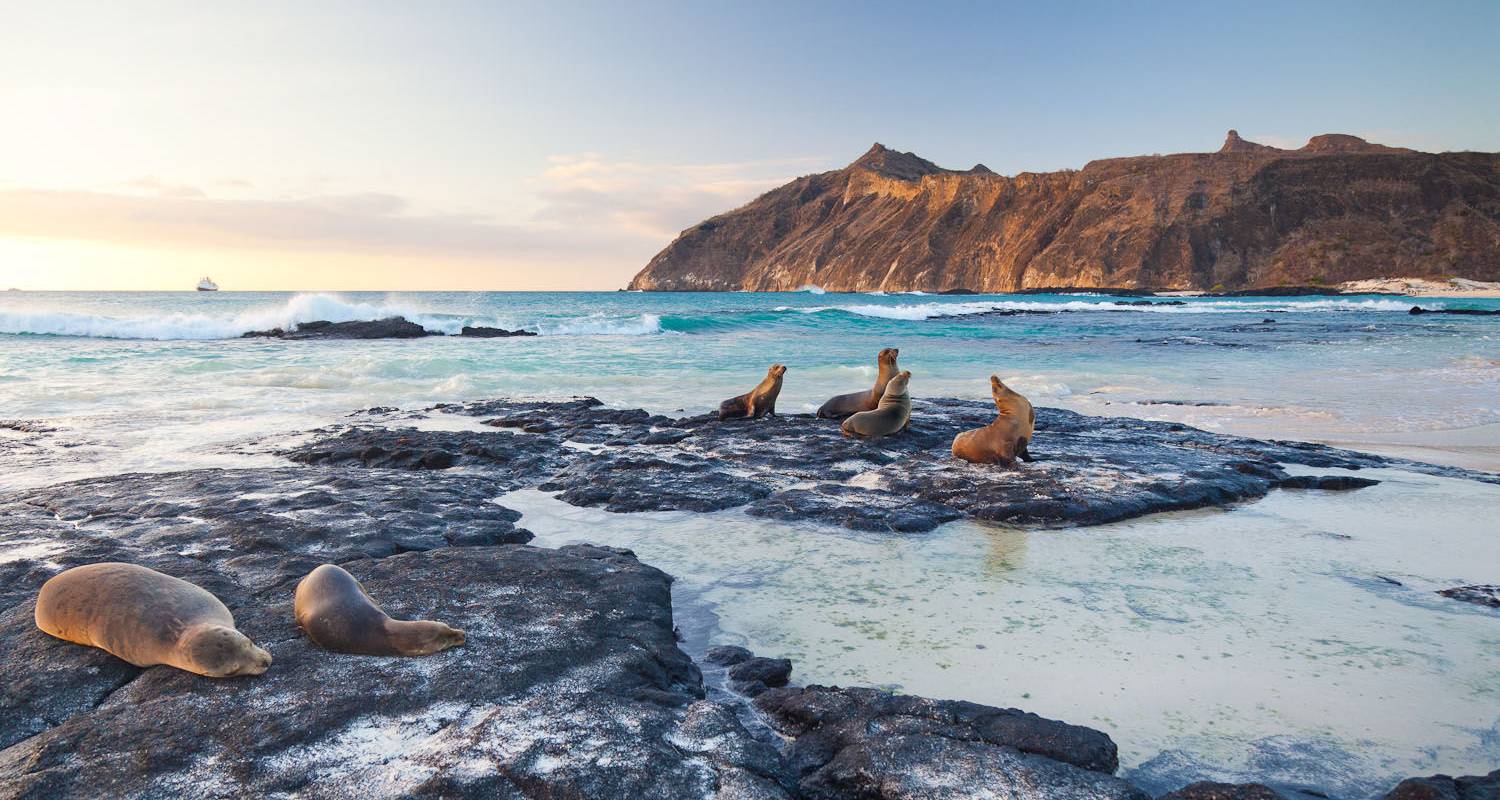
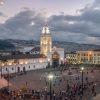
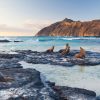
Reviews
There are no reviews yet.